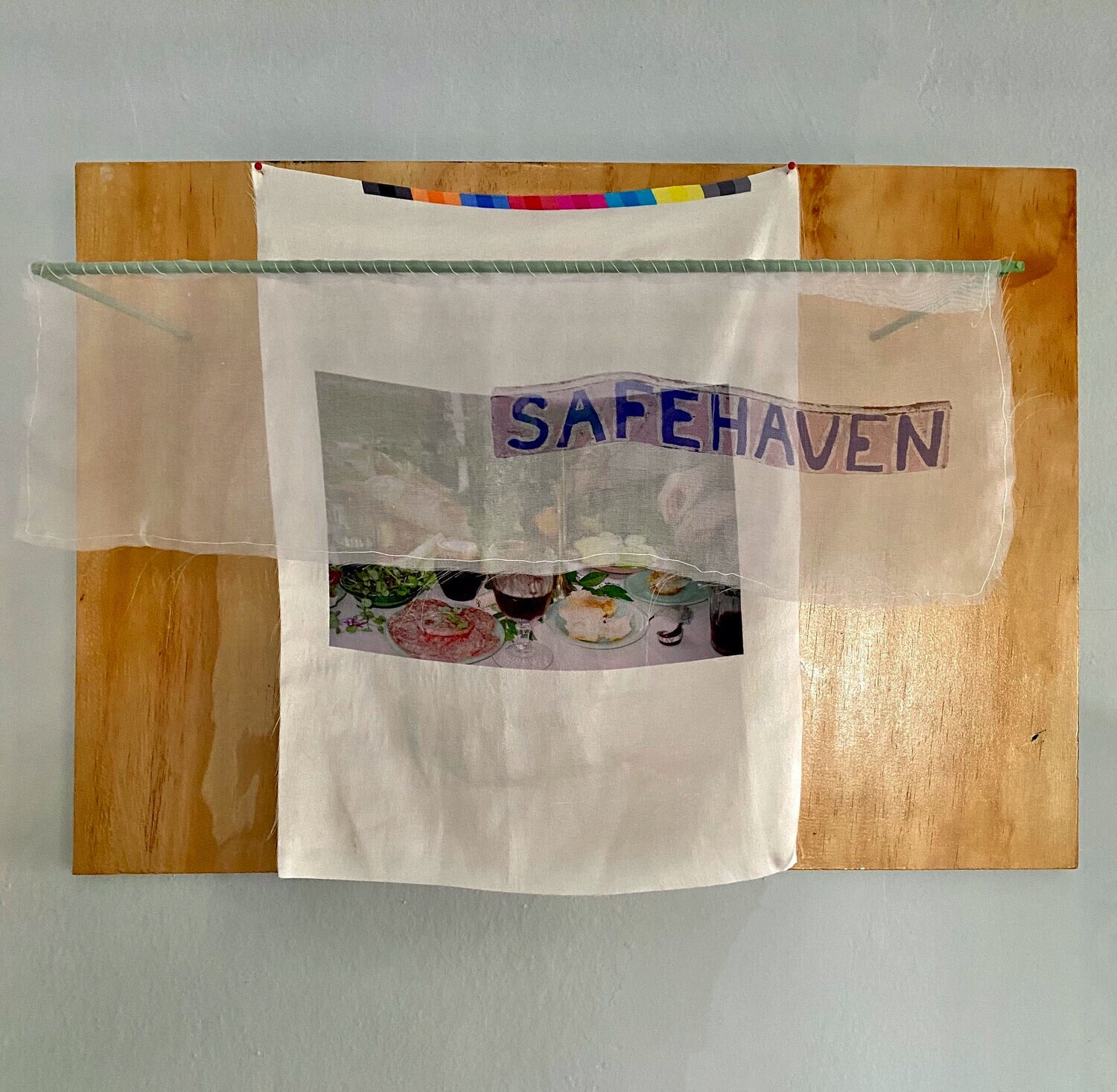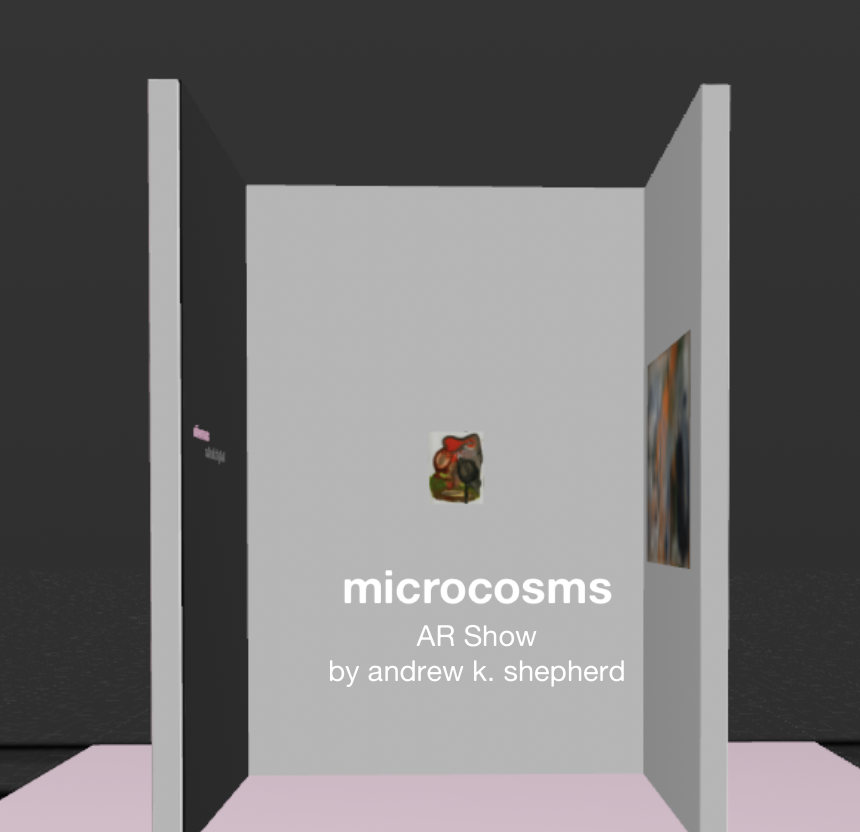my lovely friend libby barret held her senior thesis show in her home on instagram live recently, and it was just beautiful.
take a look at the show on her website, here.
i wanted to share a few thoughts I had about the show and her work with you all. you can find her work on instagram at @libby_barret and on her website libbybarret.com.
A chair is a human interface device — an object built to support a body. The body is a ghost in Libby’s work, rarely present in full form, but always omniscient. Her chairs ache for the body to be present, and this vacuum becomes a call to action: sit in me, rest, take a load off. Do not split me further, for I am already broken. Careful, now. Then, in this same way, I feel that it is necessary to read her work as both a diagnosis and a prescription to a world that careens around it. Barret asks the viewer to rest, but in asking this, she asks the viewer to recognize that rest is not a passive activity. She asks us to accept an active role in considering a world where we can collectively rest.
Chairs are objects that we think should be stable, they’re so perfunctory that we neglect our relationship with them. Barret highlights this relationship in her work. Take Moving Around Slowly, an expansive work, just over 3x4’ in size. In it, chairs tumble over themselves amid a neutral field. Her process is honest in the piece – you can see that Barret has pushed some marks to the back, turned the canvas upside down and right side up several times. If you’ve ever broken a chair while sitting in it, you recognize in an instant how it has broken its silent promise to appease gravity for you. You must rapidly search for a new point of stability while your stomach drops out from underneath you — you have less than a blink of an eye before you hit the ground. Moving Around Slowly, in this same way, has no up or down. Things that should be stable aren’t. In the absence of gravity, how do you figure out which way is up? Barret shared a story that’s significant when she presented this work on Instagram live: when making the work, she added the two orange dots, erased them, recognized their importance as anchors, and replaced them. It makes me think about how we need things to hold onto. Silence clarifies the din of chaos. For every void, there is a solid. For everything there is a season.
It feels that the artist is always in conversation with disorientation in her work, acknowledging the responsibility to investigate the source of the feeling. After all, healing doesn’t happen without naming, and countering, the source of the ailment. Take the internet and computers and how they have changed our collective relationship to time and each other. In order to counter this disorientation, Barret sees that her work must subsequently court technology. With Safehaven, Barret shares a photo of a shared Shabbat dinner, printed on silk, and carefully shrouded behind the word “Safehaven”. It’s hung and mounted on a rod and wooden panel. The form of the work is domestic, referencing the shape a towel takes haphazardly draped over a rod. She lets the colored squares of ink left over from the printing process adorn the top of the work: it’s obvious how this was made. Barret manipulates the material in this work in the same way she would paint, or an oil stick – it doesn’t feel outside of her aesthetic vocabulary, it is just another means to make an image. She knows that the internet, computers, and the larger world are still ticking forward outside of her work, she’s just taking what she needs and purposefully excluding anything else.
This is not a relationship that Barret is overly preoccupied with, though. She is far more interested in tactile things, things you can share, feel, and understand without having to think twice. Her love for these things is obvious in her work and is seen immediately when viewing it. Fields of feels like a love letter to the elements of the world around her, a vessel to tenderly hold the earth, the memory of plants in the sun. Laying down the burdens day by day feels like a reassertion of Rousseau’s The Sleeping Gypsy: the world is a lion, Barret is resting nonetheless. Information became closer and spring bloomed steadily is one of the portraits in this body of work. With it, Barret confidently navigates the semiotics of portraiture, offering that the body, and subsequently herself and her family, are the sum of their environment and faith. This ambivalence and reverence for the world around her is the priority of her work, and is handled in a careful and concerted way. With her work, Barret recognizes that softness and rest are the antidote to a turbulent world.
Libby and I would often talk about where she should have her show in the printmaking class we shared last spring. I suggested she hold it in a greenhouse. As much as I think that is still a great idea, I was naïve in considering how much her work deals with how things happen when and how they are supposed to. The COVID-19 pandemic is critical to consider when thinking about this show and its relationship to disorientation, though it is not my goal in writing this to marry her work to the pandemic. That would be doing it a disservice. It is nevertheless important to mention how it framed the show’s context.
Learning How to Rest Now became a love letter to the last moments of a world that was already fleeting. Entropy would soon consume her space: the virtual one of the show, the home she was about to leave, her time in college. This show, in this way, reveals to me a similarity between her work and the golden hour phenomenon: it’s a brief period of the day when the world is cast in beautiful golden light before we plunge into darkness for the second half of a day. It’s a time of the day where we acknowledge the sun the most, because it will be gone for a bit. I believe that life naturally has seasons, there is a season of light and shadow, night and day, life and death. This show, on a digital platform, at this time in our collective history, shows that Barret doesn’t just acknowledge this seasonality, her work is an instruction manual to live alongside it. Her work, at its best, offers you a seat in the waning sunlight to take a load off.
moving around slowly
Libby Barret
screen print with acrylic paint on raw canvas.
2 x 40 x 54 inches. 2019. Image courtesy the artist.
safehaven
Libby Barret
Digitally printed silk on panel and wooden rod.
7 x 16.5 x 24 inches. 2019. Image courtesy the artist.
laying down the burdens day by day
Libby Barret
Gouache and neopastel on paper, framed.
1 x 11 x 14 inches. 2019. Image courtesy the artist





